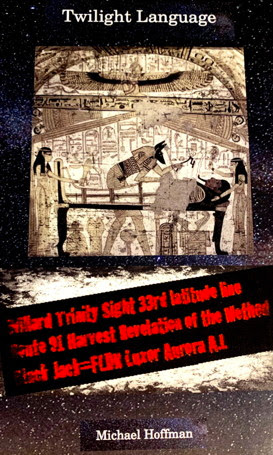LUCIFER Allows Astronomers to Watch Stars Being Born
April 21, 2010 - University of Arizona (UA) News: A new instrument for the world's largest optical telescope, the Large Binocular Telescope (LBT) on Mount Graham, allows astronomers to observe the faintest and most distant objects in the universe.
LBT partners in the U.S, Germany and Italy announced April 21 that the first of two new innovative near-infrared cameras/spectrographs for the LBT is now available to astronomers for scientific observations at the telescope on Mount Graham in southeastern Arizona. After more than a decade of design, manufacturing and testing, the new instrument – dubbed LUCIFER 1 – provides a powerful tool to gain spectacular insights into the universe – from the Milky Way to extremely distant galaxies.
LUCIFER, built by a consortium of German institutes, will be followed by an identical twin instrument that will be delivered to the telescope in early 2011. "With the large light-gathering power of the LBT, astronomers are now able to collect the spectral fingerprints of the faintest and most distant objects in the universe," said LBT director Richard Green, a professor of astronomy at the University of Arizona's Steward Observatory. LUCIFER 1 and its twin are mounted at the focus points of the LBT's two giant 8.4-meter (27.6 foot) diameter telescope mirrors. Each instrument is cooled to -213 degrees Celsius in order to observe in the near-infrared wavelength range. Near-infrared observations are essential for understanding the formation of stars and planets in our galaxy as well as revealing the secrets of the most distant and very young galaxies.
LUCIFER's innovative design allows astronomers to observe in unprecedented detail, for example star forming regions, which are commonly hidden by dust clouds. The instrument is remarkably flexible, combining a large field of view with a high resolution. It provides three exchangeable cameras for imaging and spectroscopy in different resolutions according to observational requirements. Astronomers use spectroscopy to analyze incoming light and answer questions such as how stars and galaxies formed and what they are made of. The instruments were built by a consortium of five German institutes led by the Center for Astronomy of Heidelberg University, together with the Max Planck Institute for Astronomy in Heidelberg, the Max Planck Institute for Extraterrestrial Physics in Garching, the Astronomical Institute of the Ruhr-University in Bochum, and the University of Applied Sciences in Mannheim.
The LBT is a collaboration among the Italian astronomical community (National Institute of Astrophysics), the University of Arizona, Arizona State University, Northern Arizona University, the LBT Beteiligungsgesellschaft in Germany (Max-Planck-Institut Astronomie in Heidelberg, Zentrum fur Astronomie der Universität Heidelberg, Astrophysikalisches Institut in Potsdam, Max-Planck-Institut Extraterrestrische Physik in Munich, and Max-Planck-Institut Radioastronomie in Bonn), and the Ohio State University and Research Corporation (Ohio State University, University of Notre Dame, University of Minnesota and University of Virginia).














